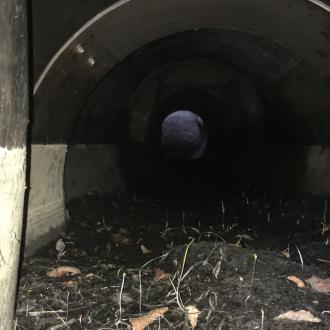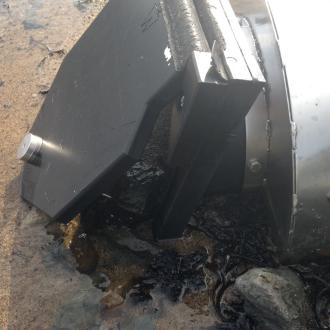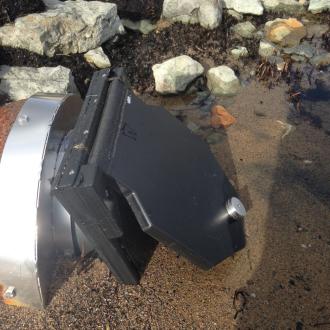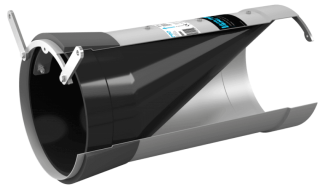WaStop Pulsating Flow
The Problem
Maintenance budgets are tight. Reducing the maintenance requirements for sewer and stormwater networks is essential. Low-flow toilets and infrequent rainfall can lead to a build-up of debris in sewer pipes. Debris that needs to be removed by maintenance teams. Pipes can often be difficult to access and outfalls even more so depending upon the location.
The Solution
WaStop inline check valves have a unique pulsating flow mechanism built into the membrane. The pulsating flow mechanism increases the velocity of the flow which flushes debris out keeping the pipes cleaner both upstream and downstream. This reduces the need for maintenance and therefore reduces costs.
Importance
Pulsating Flow – Why Is It Important
Reducing maintenance requirements is an important feature of any product put into a storm or sewer system. Access is often difficult and can require confined space certification, or can be in areas where shoreline access is required. Having low maintenance requirements and a high reliability factor are key features of WaStop inline check valve. To ensure the product functions when required a pulsating mechanism has been engineered into the WaStop.
By keeping a small amount of water behind the valve, the debris upstream is kept fluidized which reduces sedimentation build-up in the pipe. A self-cleansing effect is achieved by building up pressure behind the WaStop prior to opening. When the valve opens the velocity of the water is higher than it would have been without a valve, or with a different type of check valve, thereby increasing the flushing effect. The effect can be likened to a toilet flushing.
The pulsating flow action minimizes the build-up of debris, and therefore minimizes maintenance.
Pulsating Flow – Debris Removal
To create the self-cleansing pulsating flow a certain amount of head pressure is required to open the WaStop. The WaStop remains open until the pressure drops below the closing pressure of the valve. This creates a pulsating flow which helps keep pipes cleaner both upstream and downstream. Both the opening pressure and closing pressure are set valves for each valve and each type of membrane. In some instances it is desirable to have a higher opening pressure to gain a greater flushing effect, whilst in other applications a lower opening pressure is preferred. This can be discussed with your WaStop representative to find the perfect fit for your application.
Debris is able to exit the pipe through the WaStop, without compromising the seal. When closing the WaStop ‘snaps’ shut clearing out remaining debris and particles from the seat of the valve allowing a good seal. Should an item fasten on the way though the valve the membrane is flexible enough to create a seal if backpressure occurs. On the next pulsating flow cycle the item will be flushed through.
At the point of opening the WaStop DN1000 is open approximately 125mm x 410mm. Even with this flow there is sufficient area for bottles, cans, shoes and other items commonly found in storm and sewer drains to be flushed through. A higher flow gives a greater opening area. Please refer to the headloss charts included with the technical specifications for more information.
Tests
Wastop Inline Check Valve - Testing
Wapro designed the WaStop membrane to have pulsating flow. This feature is tested in a testing environment continually. Our customers are testament to the function with reports of low maintenance and automatic debris removal.
Competitors
Pulsating Flow Comparison With Other Check Valves
Pulsating flow is unique to WaStop. No other valve on the market has a pulsating flow mechanism. A flap valve or duck bill which constantly releases any upstream water, or other valves with very low opening pressure, allow the water to drain out of the pipe, sometimes at very low flows, leaving behind solids and debris. If debris is caught in the valve, such as often the case with flap valves or duckbills, backflow can enter the pipe rendering the valve ineffective. Without any pressure differential a duckbill or flap valve will no close causing upstream flooding.
User Experience
Customer Experience
Many municipalities/councils confirm that the pulsating flow mechanism to the WaStop membrane saves time on maintenance and therefore money as well as giving peace of mind.




